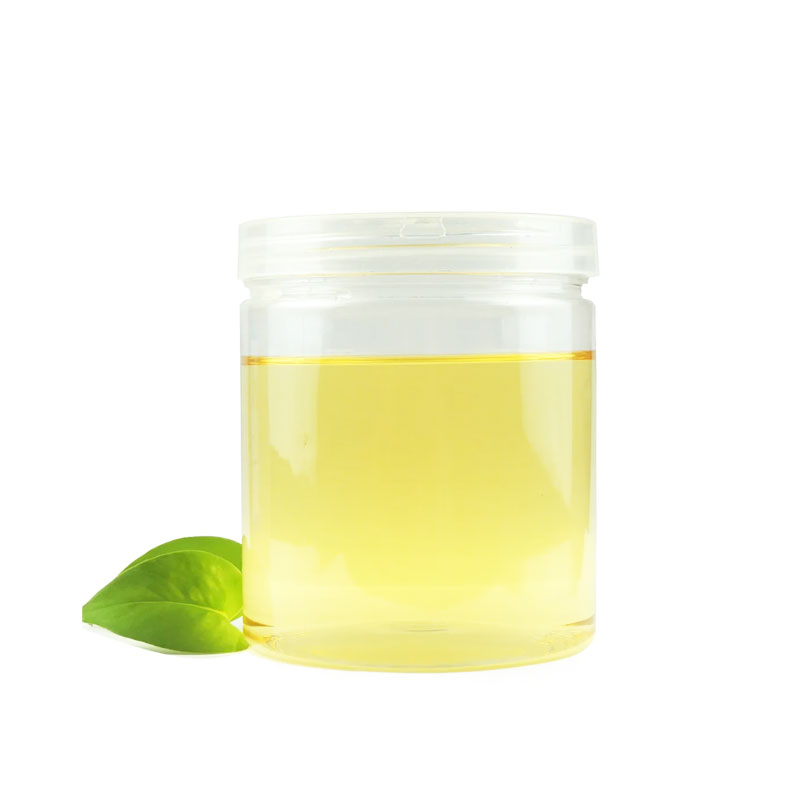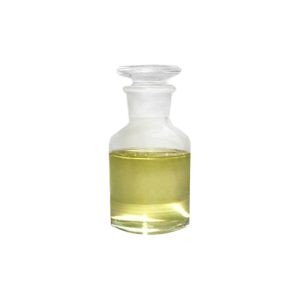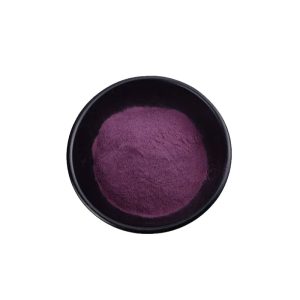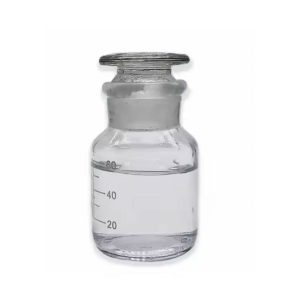ExtractCardanol CAS#37330-39-5
Molecular weight: 298.462.
Alias: Calderphenol.
Appearance: Light yellow transparent oily liquid.
Odor: Slightly pungent.
Solubility: Insoluble in water, soluble in organic solvents such as ether, petroleum ether, chloroform, dichloromethane, ethanol, acetone, butyl acetate, cyclohexane, etc.
Density: 0.930g/mL.
Freezing point: Below – 20℃.
Boiling point: 225℃ under reduced pressure (10mmHg).
High stability: Because it contains benzene ring, phenol and long side chain aliphatic group, it has high stability and strong heat resistance.
Good reactivity: It can undergo hydrogenation, addition, epoxidation, polymerization and other reactions on double bonds, esterification, allylation, epoxidation, alkylation, propoxylation, phosphation and other reactions on phenolic hydroxyl groups, and can also undergo condensation, nitration, bromination, hydrogenation, amination and Mannich reaction with aromatic compounds.







